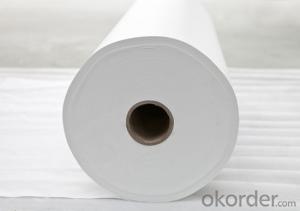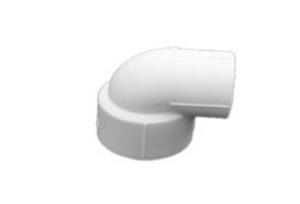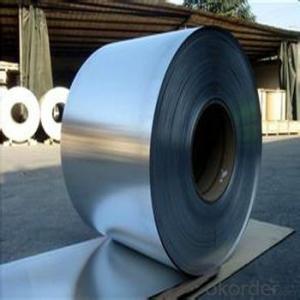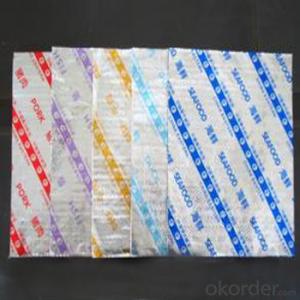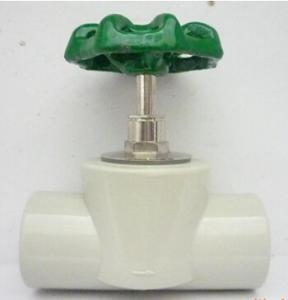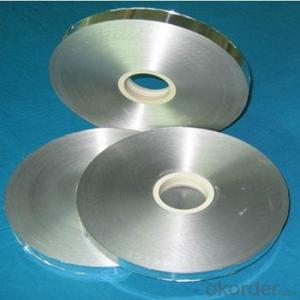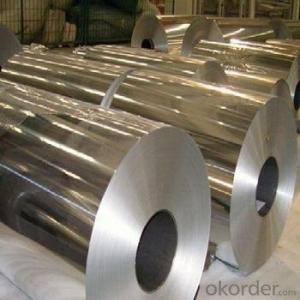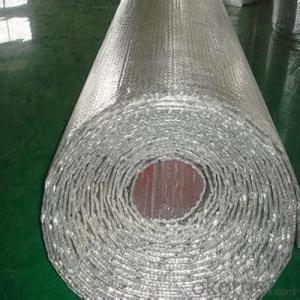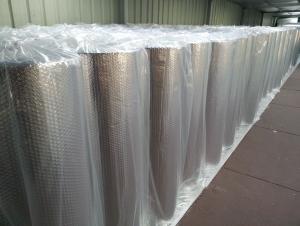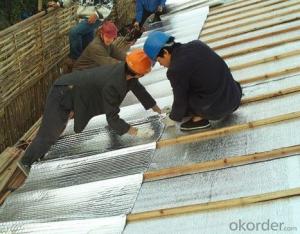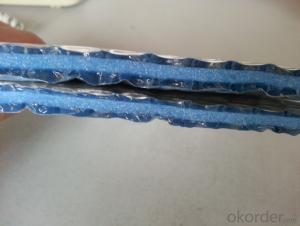Chewing On Aluminum Foil
Chewing On Aluminum Foil Related Searches
Led Light Bulbs For Ceiling Fixtures Led Lamps For Ceiling 42 In Ceiling Fan With Light Aluminum Coil Stock For Gutters Aluminum Foil For The Grill Hole Saw For Aluminum Plate Aluminum Tread Plate For Trailer Bow Plate For Aluminum Boat Aluminum Foil For Grow Room Aluminum Foil For Joint PainHot Searches
Stock Price For Aluminum Aluminum Coil Stock For Sale Aluminum Gutter Coil For Sale Used Aluminum Scaffolding For Sale 1/4 Aluminum Plate For Sale Aluminum Bar Stock For Sale Aluminum Round Stock For Sale Aluminum Diamond Plate For Sale Aluminum Scaffolding For Sale Craigslist 6061 Aluminum Plate For Sale Aluminum Dock Plate For Sale 7075 Aluminum Plate For Sale Aluminum Tread Plate For Sale Aluminum Checker Plate For Sale Aluminum Plate For Sale Near Me Plate Aluminum For Sale Aluminum Plate For Sale Aluminum Square Stock For Sale Aluminum Flat Stock For Sale Billet Aluminum Stock For SaleChewing On Aluminum Foil Supplier & Manufacturer from China
Okorder.com is a professional Chewing On Aluminum Foil supplier & manufacturer, offers integrated one-stop services including real-time quoting and online cargo tracking. We are funded by CNBM Group, a Fortune 500 enterprise and the largest Chewing On Aluminum Foil firm in China.Hot Products
FAQ
- Our end unit 1940"s row house has an old leaking bitumen roof . The water entry point can not be found so a replacement seems the way to go. A roofer suggested a replacement using Firestone 180, 1/2 inch fiberboard insulation covered with fiberglass base sheet, bitumen for flashing and fibered aluminum coating on wall coping . It's all Greek to be but fiberboard insulation and flashing material ? Should I be concerned?
- We use kingspan insulation, marine grade plyboard , 3/4 inch, and yes you can use bitumen as flashing. I hope i am not being condescending, but the flashing is the bit that goes from the roof and a little way up the wall and is then "pointed" into the bricks, thus forming a water-proof barrier.
- Would it be worth forwarding the offer to the client? Is the difference that substantial?
- You don't want that. If he offers 3.5 instead of the required 3, that is a different story. Otherwise he should give you more material thickness to provide an equivalent R of 3. Yes, the difference can be substantial and I wouldn't forward it to the client. The smaller the R value of the entire roof sandwich the larger the difference it makes. Like the change from 5 mpg to 4 mpg is a 25% worsening in fuel economy, but a change from 100 mpg to 99 mpg is 1%. It will mess up the heating/cooling of the building and the mechanical systems might be inadequate. They could save money on the roof and complain how the building is too hot/too cold or the mechanical systems never shut off and their energy bills are too high.
- This is blocking airflow and I'm having it removed after I bought the house. There is already insulation on the attic 'floor'. This is double insulated and is not correct. Why would anyone do this?
- No building codes back then, and maybe he was thinking about putting an extra room up there then you would have to insulate the rafters also
- 1) What thickness of rigid insulation is used on flat roofs?
- Most common is 2"
- I am really confused about this science stuff! Sustainability is terrible xP
- All versions of insulation are largely air that is kept from moving - air is a good insulator if convection - movement of heated or cooled air due to changes of density - is prevented. This assumes that a vapor barrier and caulking prevent actual air movement through the wall when a wind is blowing. Some insulators are also poor conductors of heat so the connection between inside and outside that might occur is broken. As it happens, glass used in fiberglass and minerals used in rock wool are actually pretty good conductors of heat in solid form but as fine particles and flakes they don't conduct well from one strand/piece to the next.
- I have a low pitched roof so there isn't that much room up there hands and knees only.I have no eave ventilation but the ventilation is through the front and back of the house through triagle metal caps cut into the wood siding. I already have some R19 in the ceiling joists but was wondering would putting it in the rafters against the plywood holding the shingles also help insulate the living area of the house.
- No blowing in some insulation will help but putting insulation against the roof wont help. the attic area is supposed to breath to avoid condensation and overheating. The only thing you would put on the roof side would be to help cooling in summer since the shingles heat up the wood underneath and heats the attic, which then works down through the ceiling.
- My home is shaped like a square box. The four corners of the upper level have the roof pitch from the gables protruding into the rooms. The attic has no insulation and I need to insulate it. There is access from the attic to look down into the wall/ceiling that protrudes into the room. I can insulate the attic myself but the surface area of these protrusions is rather large. What would be the best way to get insulation down in there? Shoot the insulation in and poke it with a stick to make sure there is good coverage down in the wall space? The opening is about 6 inches high.Thanks.
- Loose fill cellulose can be blown into your attic. I don't know if I understand the protrusions that you are describing but if you can freely blow the cellulose fiber into this space it should serve as a good insulation. You don't want to poke it in with a stick because you don't want to compress it. If you cannot blow this product directly into the space, you would be better off stuffing it lightly with fiberglass batting. Just don't cram it too tightly. It needs to be loose to be most effective.
- I do not have extra space on the roof. Roof also tapers to drains at one end of building.
- Nope. The DOW rigid insulation is an R-5/inch. So 4 inches gets you an R-20. Sorry.


















